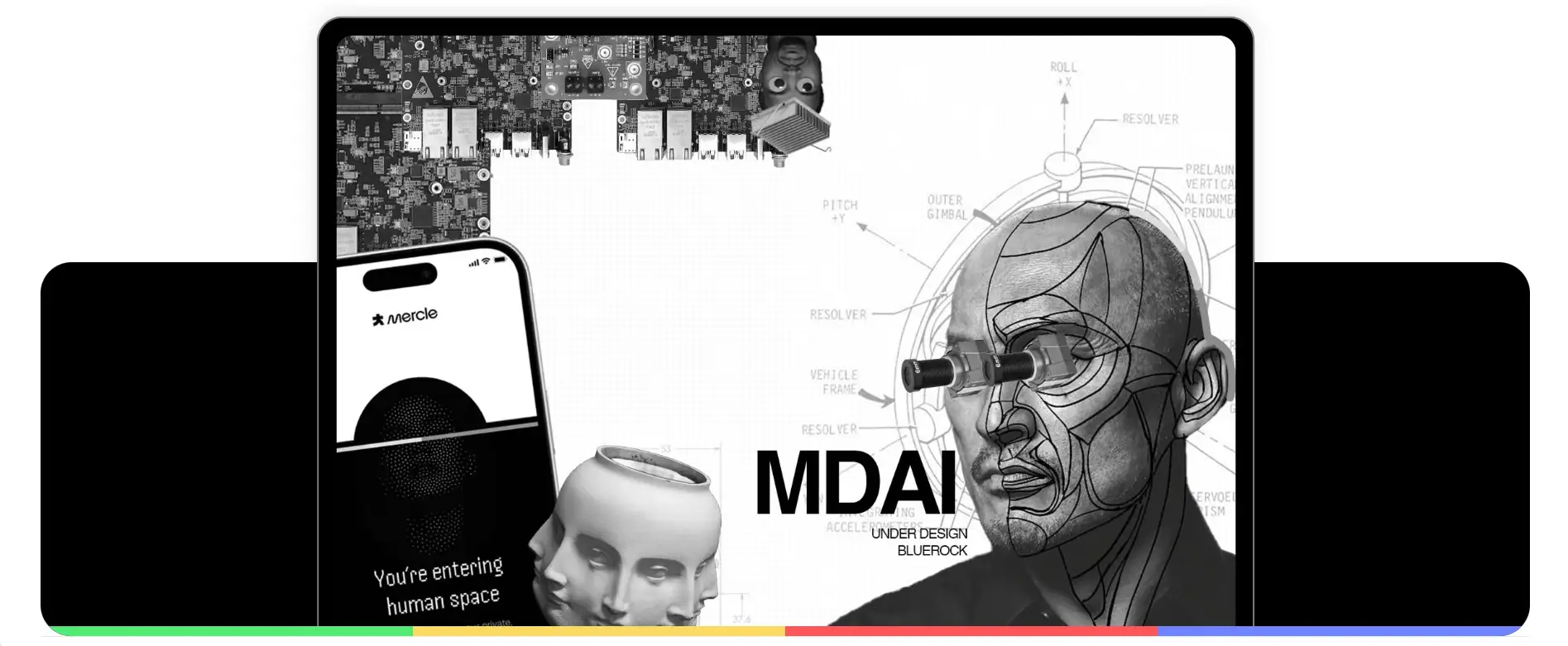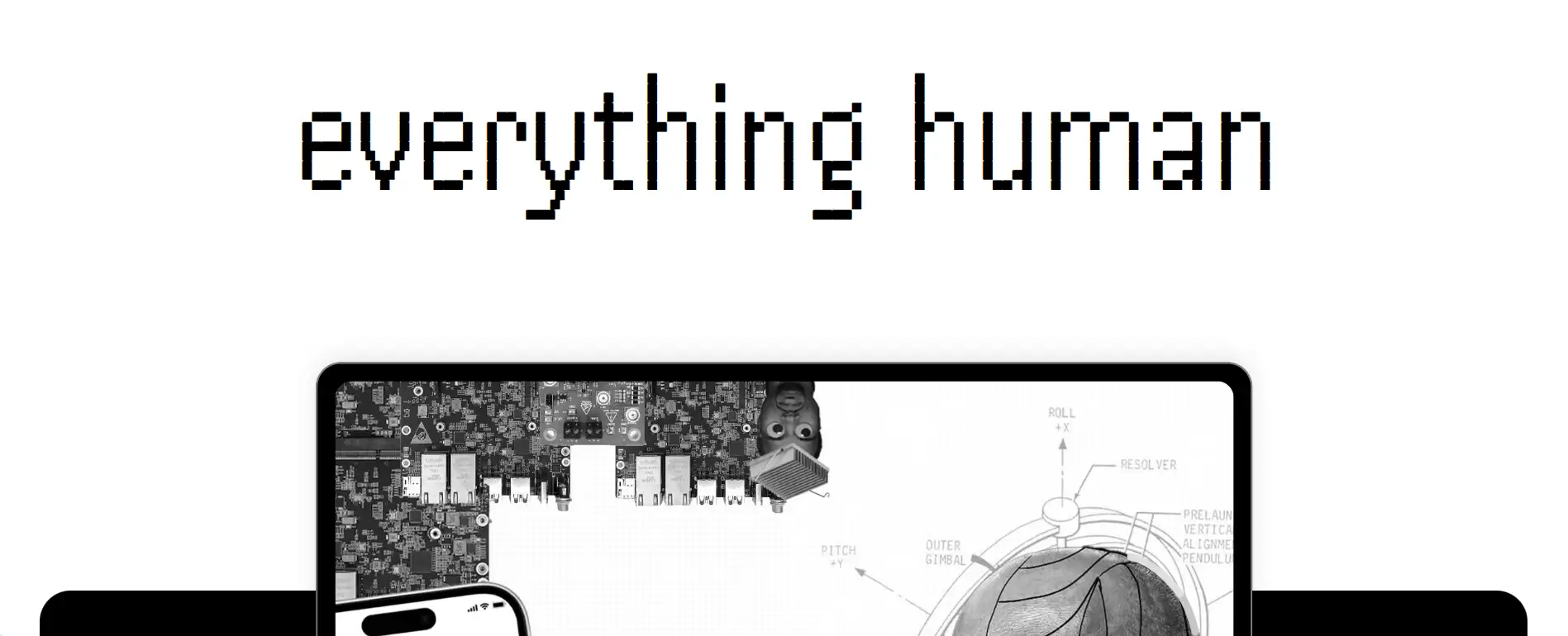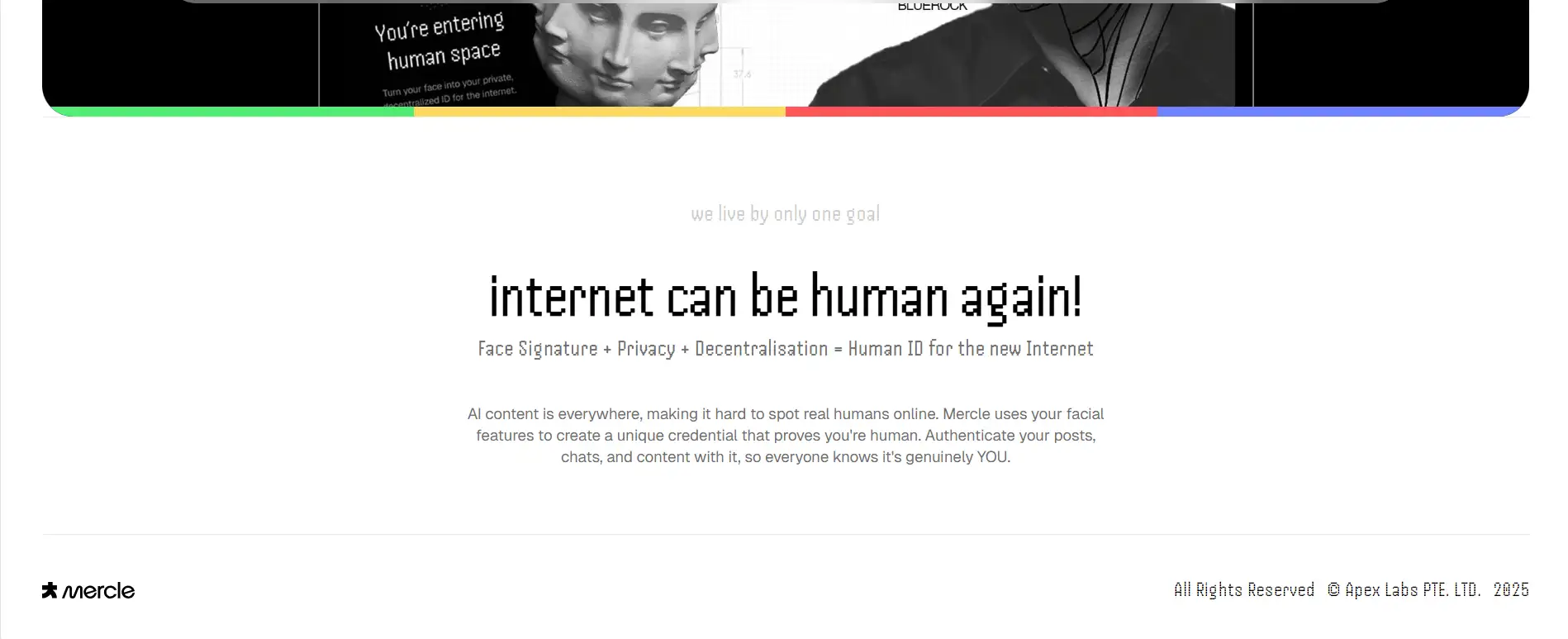About Mercle
Mercle is an innovative identity infrastructure project built for the new internet—one where humans and AI coexist. As the digital space becomes saturated with AI-generated content and autonomous agents, distinguishing real humans from machines is more critical than ever. Mercle provides a privacy-preserving, decentralized identity system that enables individuals to prove their humanity online using advanced facial biometric technology. This solution ensures that every post, message, or interaction is verifiably human.
Through tools like mVault and mDai, users can create a unique and unforgeable identity credential (mID) based on their facial features. These credentials are processed using cryptographic hashing and verified via a decentralized network—ensuring privacy, autonomy, and resistance to forgery. By restoring authentic human presence online, Mercle helps counter the increasing ambiguity introduced by generative AI and deepfakes, empowering humans to reclaim trust in digital spaces.
Mercle was designed as a direct response to the rise of AI agents capable of convincingly mimicking human behavior online. From ChatGPT and Claude to simulated societies in Minecraft, the line between artificial and human actors is blurring rapidly. Mercle addresses this challenge with a highly secure, decentralized proof-of-personhood system that validates unique human identity through biometric hashing and on-chain verification.
At the heart of Mercle is the concept of “Human ID for the new Internet,” powered by a suite of tightly integrated components. The mVault mobile app and mDai kiosk scanner securely capture facial data and convert it into cancelable, privacy-preserving hashes. These are processed by a decentralized Verifier Network, which uses secure multi-party computation (MPC) to detect duplicates without exposing sensitive data. Once uniqueness is confirmed, the data is immutably recorded on mChain, Mercle’s dedicated blockchain designed for decentralized identity management.
This design ensures that users are always in control. Each user receives a non-transferable credential (mCredential), which can be used across applications via Mercle’s OAuth2-compatible Auth Provider. It never stores biometric data and relies on zero-knowledge proofs and zkTLS for secure, anonymous verification. Mercle also offers robust governance via a Verifier DAO, enabling model updates, verifier slashing, and proposal voting. These mechanisms are engineered to scale globally, minimize trust assumptions, and preserve individual autonomy in the face of growing algorithmic impersonation.
Unlike government-controlled ID systems or platforms that collect invasive user data, Mercle represents a radical shift toward user-sovereign identity. Its closest parallels are platforms like Worldcoin and Proof of Humanity, but Mercle distinguishes itself by combining cryptographic privacy with practical, biometric-based uniqueness—deployable via mobile or hardware-based scanning. It’s a system built not just for Web3, but for the next era of the internet, where humans must continually prove their presence amidst increasingly capable AI entities.
Mercle provides critical features and benefits for securing digital identity in a world increasingly influenced by AI-generated content and autonomous agents:
- Human-Proof Credentials: Users generate a unique, cryptographically hashed identity using their face, ensuring they're recognized as real humans across digital platforms.
- Decentralized Verification: Unlike centralized identity systems, Mercle uses a decentralized Verifier Network to prove user uniqueness, reducing the risk of data breaches and misuse.
- Privacy-Preserving Biometrics: Facial data is transformed into cancelable templates and processed via zero-knowledge proofs, ensuring no raw biometric data is ever stored or exposed.
- OAuth2 Integration: Mercle issues secure JWT/OIDC tokens through its Auth Provider, allowing seamless authentication with web and mobile apps without sharing personal information.
- Global Accessibility: Users can verify their identity using either the mVault mobile app or the mDai hardware kiosk—making the system scalable and inclusive.
- Immutability with mChain: All credentials and verification logs are recorded on mChain, Mercle's blockchain for identity, providing tamper-proof validation of uniqueness and status.
- Self-Custody & Recovery: Users manage their credentials on-device using secure enclaves, with optional guardian recovery mechanisms for added resilience.
- Rapid Authentication: Login sessions are verified in under 200ms using short-lived tokens, ensuring secure access without latency or heavy infrastructure.
- DAO Governance: Future upgrades to liveness models or face encoders are governed by a decentralized voting system, adding community trust to technological control.
- Built for the AI Era: As AI agents become digital citizens, Mercle ensures that humans remain verifiable and distinct—preserving trust in online communication, governance, and commerce.
Mercle makes it easy for users to prove their humanity and gain a verifiable digital identity across the internet. Here's how to get started:
- 1. Visit the Mercle Website: Head to https://www.mercle.ai to learn about the platform and access the latest updates.
- 2. Download the mVault App: Install mVault on your mobile device. This app performs a secure facial scan and creates a cryptographic proof of your uniqueness.
- 3. Enroll with a Facial Scan: Use mVault to complete your face scan. Your face is converted into a hashed biometric signature that never leaves your device unencrypted.
- 4. Get Verified on the Network: Your encrypted template is sent over zkTLS to the Verifier Network, which checks if it’s unique using secure multi-party computation (MPC).
- 5. Mint Your mCredential: If you're verified as unique, mChain mints your non-transferable mCredential, which is stored and referenced securely on-chain.
- 6. Use Your Identity Across Platforms: Apps integrated with Mercle’s Auth Provider allow you to sign in and verify you're human using a short-lived, privacy-safe token.
- 7. Upgrade via Kiosk (Optional): For high-assurance use cases, visit an mDai kiosk for enhanced verification. This doubles your credential assurance level in one tap.
- 8. Manage & Recover Credentials: Keep your credential secure in your device's secure enclave. Set up guardians to enable recovery in case of device loss or compromise.
- 9. Stay Private: At no point is your raw facial data shared or stored on-chain. Mercle guarantees identity verification without compromising your privacy or autonomy.
Mercle FAQ
Mercle chose facial recognition as its primary method for human verification due to its accessibility, scalability, and global availability. Most smartphones now come equipped with high-resolution cameras and robust computing capabilities, making face scanning a seamless process for users without needing specialized hardware. Unlike other biometrics like fingerprints or iris scans, facial recognition offers the right balance between user convenience and identity uniqueness—critical for building a universal proof-of-personhood system.
Mercle uses a process called cancelable biometric hashing. When you scan your face with the mVault app, your facial data is converted into a cryptographically secured vector, salted, encrypted, and immediately purged from storage. This encrypted template is then transmitted over zkTLS to the Verifier Network, which performs multi-party computation (MPC) to confirm uniqueness without ever decrypting your data. The final result is a proof, not a photo—your face is never stored or shared.
Yes. After enrollment, your mCredential can be used across any platform integrated with the Mercle Auth Provider. This system generates short-lived OAuth2/OIDC tokens that apps can use to verify you're a real, unique human—without handling biometric data. This enables secure login, bot prevention, and authenticity across DAOs, Web3 apps, forums, content platforms, and beyond.
Mercle includes a built-in credential recovery system powered by guardian co-signers. When setting up your identity, you can assign trusted guardians. If you lose access to your device, a rotate-key transaction can be initiated—co-signed by a threshold of your guardians. This moves your credential to a new device after a quarantine period, maintaining security while ensuring you never lose access to your verified identity.
Each facial template submitted to Mercle is validated by the Verifier Network, which runs an MPC-based similarity search to check whether the user has ever enrolled before. If a duplicate is detected, the verifier’s bond is slashed and the attempt is denied. This cryptographic process is resistant to fraud and tampering, and all actions are logged immutably on mChain, Mercle’s decentralized credential ledger. The result: one person, one identity, no duplicates.
You Might Also Like












